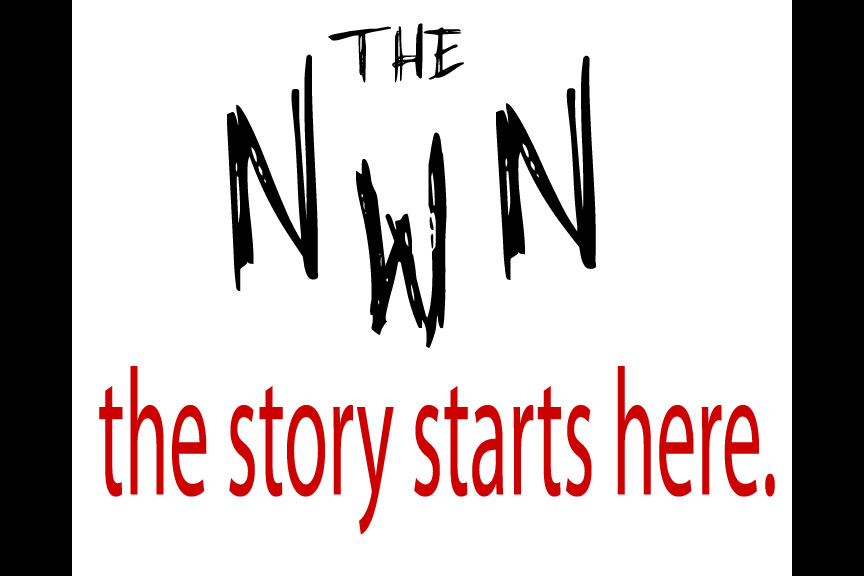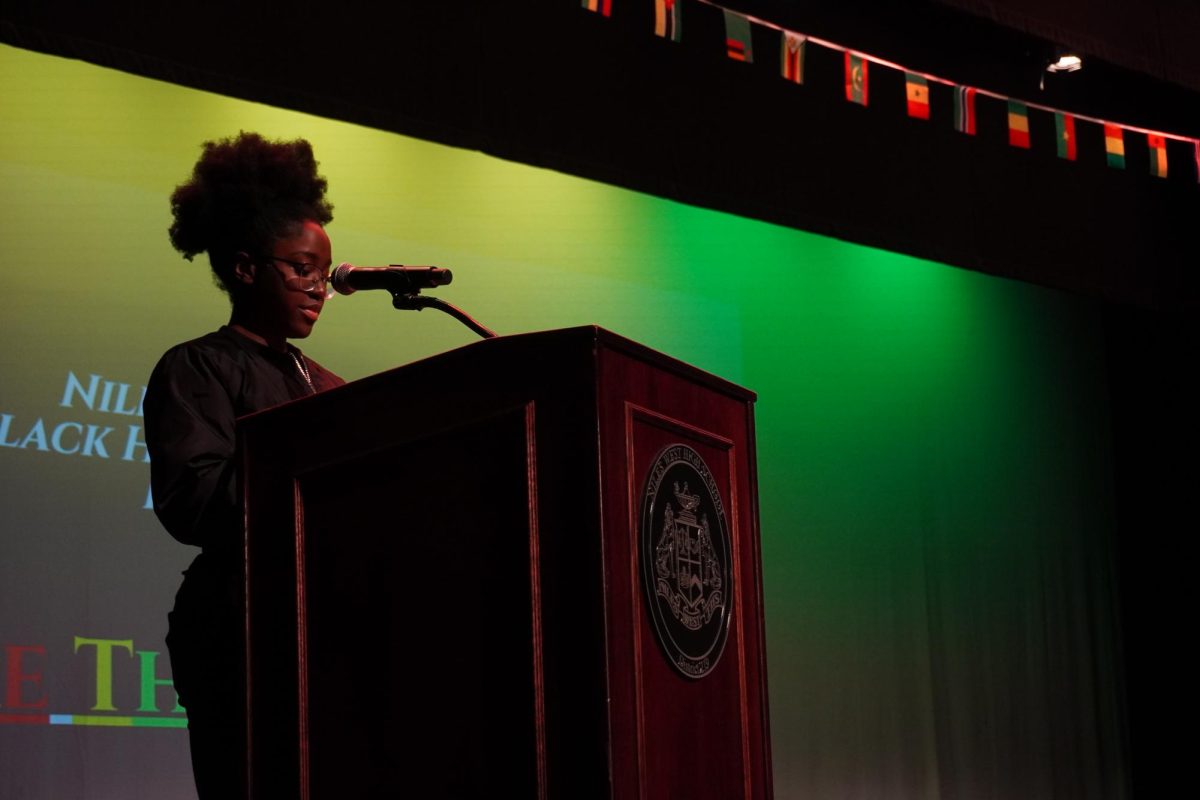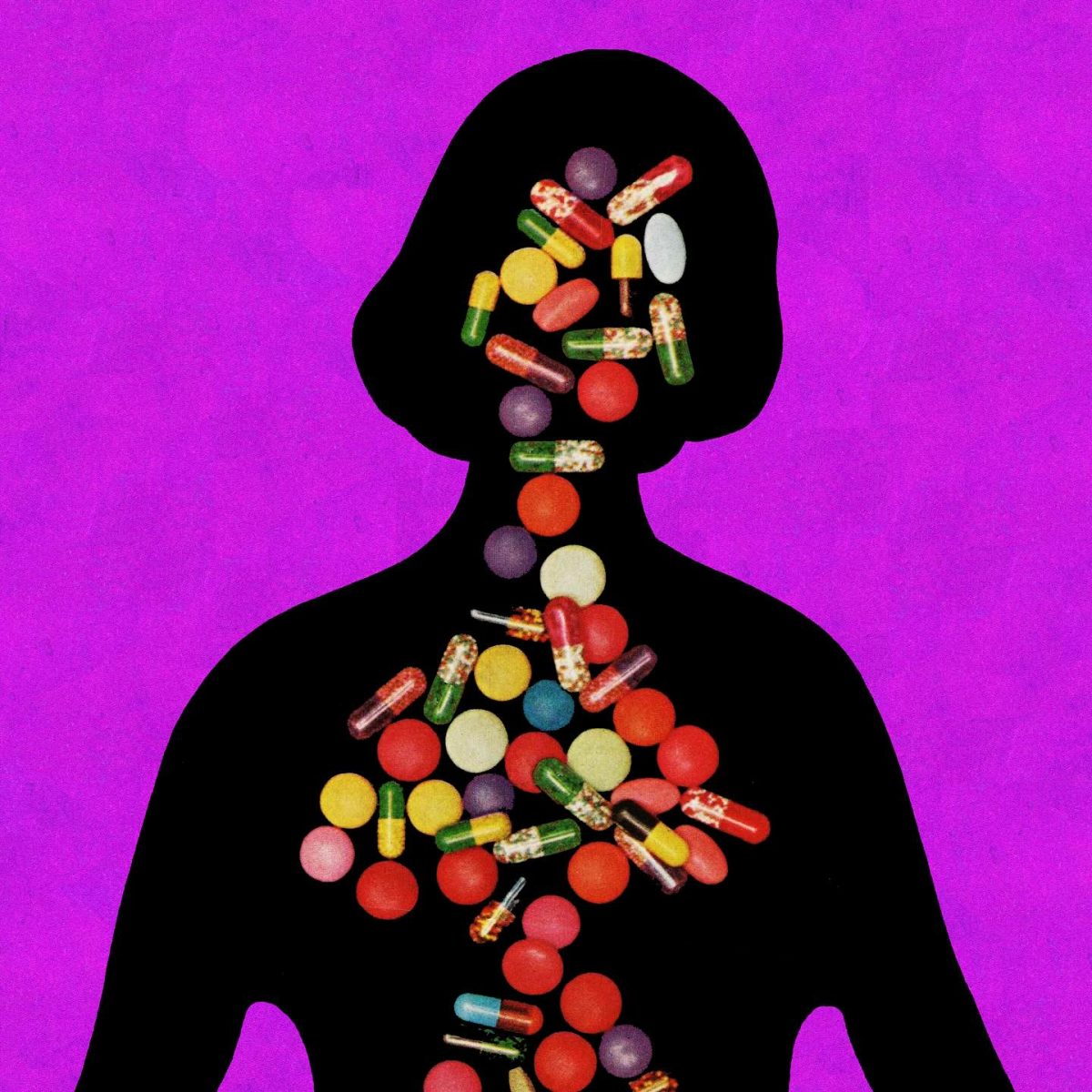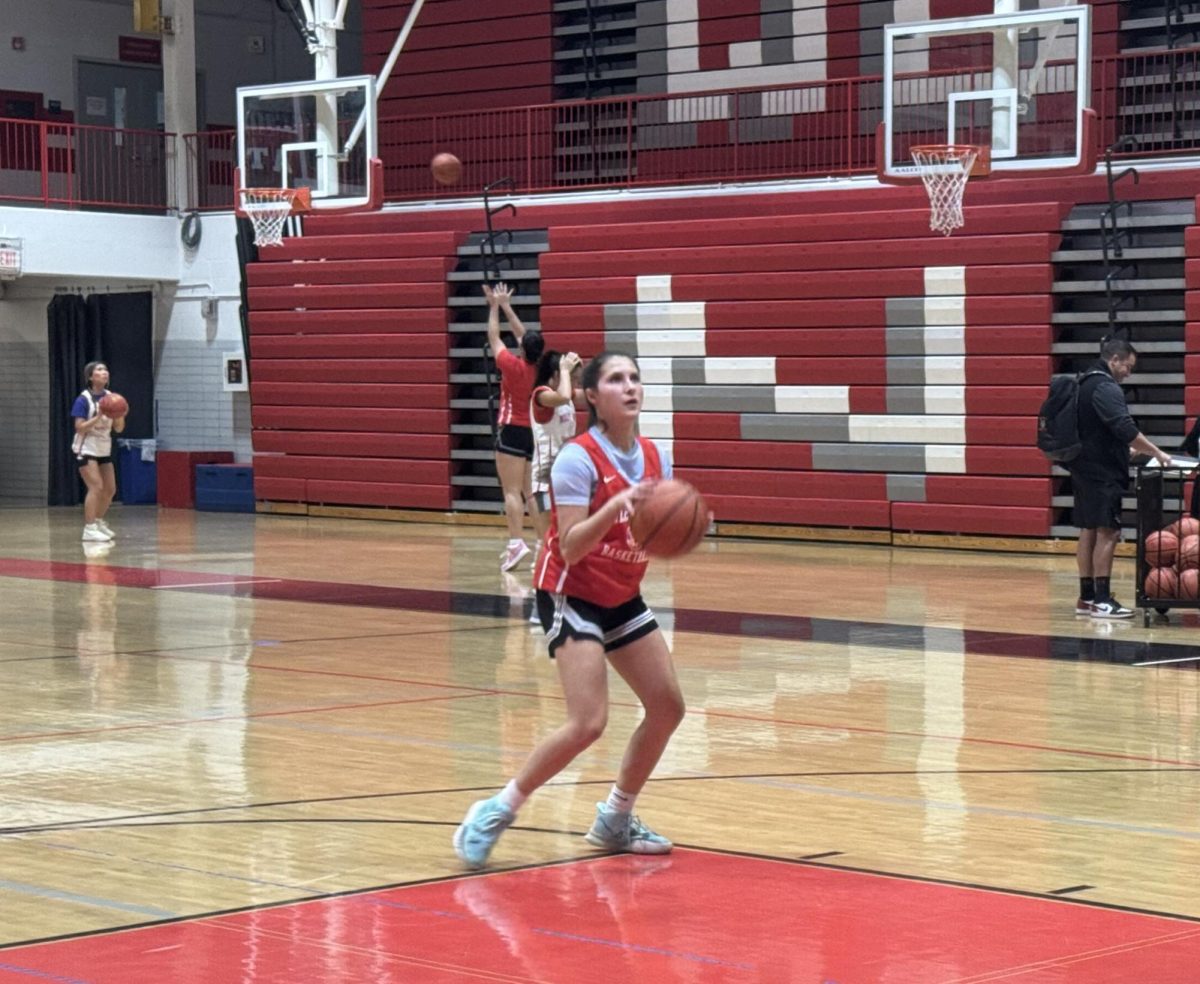In the wake of Niles West’s second annual Stand Against Racism event, the NWN would like to take advantage of this moment to call for a more effective way to demonstrate the unity and accepting attitudes of our students and faculty.
While we respect and support that the administration of Niles West is taking time to acknowledge the racism and discrimination that is still present in our society today, we must take the time to question whether this is really the most effective way to do it. Taking a stance on an issue is great, but taking action is even better.
Prior to the outdoor gathering that the entire school took part in, homeroom teachers were charged with teaching a curriculum about equity and fairness over the course of several weeks. This program proved to be wildly ineffective.
“I did the curriculum as best as I could with a group of junior boys,” math teacher Matthew Fahrenbacher said. “For those who were listening and interested in it, I think they got something out of it. I can’t say for everybody it was useful, but for the kids who were interested in it, and got involved, I thought it was good.”
This echoes the idea that the students who are benefiting from the program are the ones already interested and actively against discrimination.
Through no real fault of their own, many homeroom teachers were unable to complete the curriculum. Even some of those who succeeded at teaching the designated lessons felt that they were only useful to those who were already open to learning about such issues. These students would hardly be the ones who need to learn the most.
In addition, 10 minutes every day topped off with one half-hour event is not sufficient time to cover an issue that is so ingrained in our society. Besides that, students who don’t attend homeroom or who have homeroom lunch weren’t even given the opportunity to partake in these lessons and discussions. With a large chunk of the student body not even aware that this curriculum was being taught, it is unrealistic to assume they could be adequately prepared to make their symbolic stand about an issue on which they weren’t properly informed.
Besides these flaws in planning and, in some cases, execution, the curriculum itself should be emphasized to a greater extent. We live in an extremely diverse community at a time where racism is very much alive, and we regularly hear racist messages in the rhetoric of some of our country’s leaders. In order to effectively combat discrimination, students must be taught about the implications of discrimination in a more in-depth and relevant way. Standing outside holding signs and chatting with friends for a while is not the way to do that, especially when the event is regarded by so many students as a joke, or an excuse for shorter class periods.
“Stand Against Racism is a nice idea,” sophomore Teodora Simic said. “It just doesn’t really make sense. We stand outside for a while where everybody is basically just hanging out, and then we go inside and basically just forget it even happened.”
We commend the district for taking time out of the school day to focus on these important issues that affect us all. However, a few changes must be made for it to have a meaningful impact.
We can offer some possible solutions to the problems we have presented. Other schools in the area, notably New Trier, have held events with a similar goal that have lasted an entire school day. We think that this format would be infinitely more effective. An all-day program, possibly similar to the programs taught on equity and the Martin Luther King Jr. assembly at Niles West, would prolong the exposure to the ideas the Stand Against Racism event is trying to convey.
If this event can become more practical and effective, and less symbolic, the entire Niles West community will be better off.








